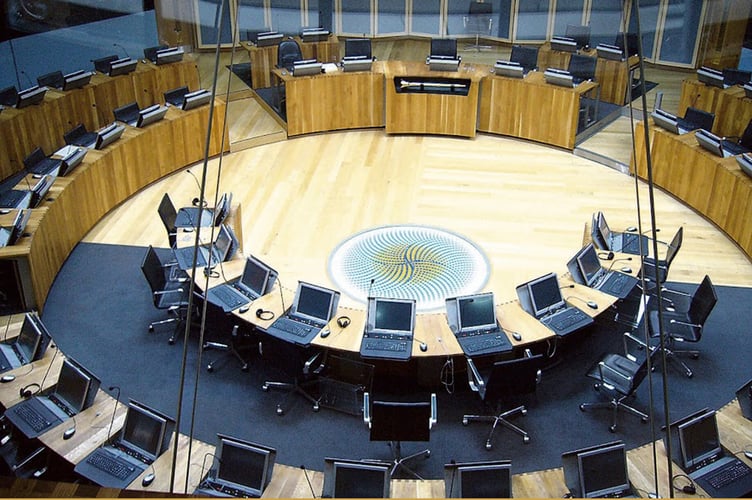Plans to introduce gender quotas in Senedd elections moved a step closer amid concerns the bill is “highly likely” to be challenged in the Supreme Court.
Senedd members agreed the general principles of the gender quotas bill, which would require at least half of a political party’s candidates to be women.
Jane Hutt reiterated her position Wales has the necessary powers to pass the bill but confirmed implementation would be delayed until the 2030 election.
She said the plans were pushed back due to concerns about the potential impact of legal challenges on the conduct and outcome of the 2026 election.
Ms Hutt said the landmark legislation would make the Senedd more effective as well as more reflective of the people it serves.
Adam Price, who represents Carmarthen East and Dinefwr, urged the Welsh Government to work with Labour colleagues in Westminster to grant Wales the required powers.
The former Plaid Cymru leader said an order – under section 109 of the 2006 Government of Wales Act – could bring the bill within the Welsh Parliament’s scope.
Mr Price argued a section 109 order would take the reasons the Welsh Government has given for delaying implementation to 2030 off the table completely.
He asked: “Why couldn't we apply for that order in council today, from a Labour government at Westminster, so that we can have a gender-balanced parliament in 2026?”
Ms Hutt replied that a section 109 order would not put the question of whether the Senedd has powers beyond doubt, nor remove the risk of referral to the Supreme Court.
Darren Millar, for the Conservatives, opposed the bill and the principle of gender quotas, arguing the proposed system is “neither proportionate nor appropriate.”
He said the reform committee heard the bill is highly likely to be challenged in the courts.
He added the bill bears little resemblance to the initial plan for gender-zipped lists which was “hatched” in a Labour-Plaid Cymru agreement.
He said the system would allow parties to put forward lists of candidates that could be 100 per cent female but only a maximum of up to 50 per cent male.




.jpeg?width=209&height=140&crop=209:145,smart&quality=75)
Comments
This article has no comments yet. Be the first to leave a comment.